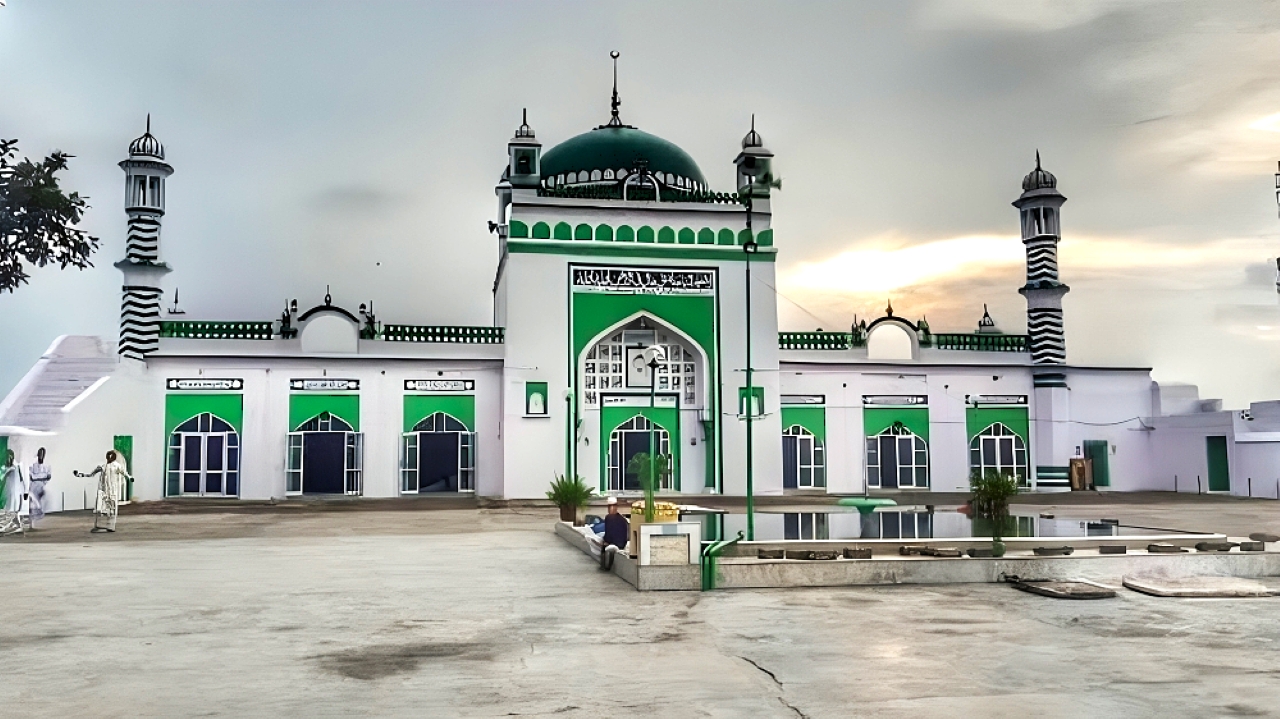GS 1-History

Historical Background of the Jama Masjid, Sambhal
The Jama Masjid in Sambhal, Uttar Pradesh, is a historical and architectural marvel that stands as a testament to the region’s rich and diverse history. Constructed in 1526 by Mir Hindu Beg, an officer in the service of Mughal Emperor Babur, the mosque represents one of the earliest surviving examples of Mughal-era architecture in India. It holds immense historical significance, not only for its religious function but also for its reflection of Sambhal’s evolution under various dynasties and empires.
Sambhal’s Historical Evolution
Sambhal’s roots trace back to ancient India, with its prominence established during the reign of Emperor Ashoka, who was instrumental in spreading Buddhism across the Indian subcontinent. Over time, the region became an important administrative and cultural hub under the Delhi Sultanate, which laid the groundwork for the architectural styles seen during the Mughal period. When Babur, the founder of the Mughal Empire, entered India, Sambhal emerged as a significant stronghold under his rule. The construction of the Jama Masjid marked the region’s integration into the broader Mughal administrative and cultural framework.
Architectural Significance

The Jama Masjid is renowned for its intricate design and craftsmanship, which blends local artisanal traditions with the prevailing Sultanate architectural style of the time. Its construction is seen as a precursor to Babur’s later architectural projects, such as the mosques built in Panipat and Ayodhya. Despite undergoing renovations in subsequent centuries, the mosque retains its original character, showcasing the fusion of Indo-Islamic architectural elements.
Historians such as Catherine Asher and Ebba Koch have extensively documented the mosque’s architectural details, emphasizing its significance as a transitional structure that bridges the gap between Sultanate and Mughal styles. The use of intricate carvings, domes, and symmetrical patterns reflects the skilled craftsmanship of the era and highlights the interplay of aesthetic and functional design principles.
Symbol of Cultural Confluence
The construction of the Jama Masjid during Babur’s reign also symbolizes the cultural and artistic amalgamation that characterized the Mughal Empire. Babur’s vision of uniting diverse traditions is evident in the mosque’s design, which harmoniously integrates indigenous techniques with the evolving Islamic architectural lexicon. The site stands as a testament to the Mughal approach to architecture, which often incorporated elements from the regions they ruled, creating a syncretic style that became a hallmark of their empire.
Connection to Historical Events
The establishment of the Jama Masjid also coincided with significant events in Indian history, as 1526 marked the beginning of Mughal dominance following Babur’s victory at the First Battle of Panipat. Sambhal’s designation as an administrative center during Babur’s reign underscored its strategic importance. The mosque, therefore, not only served as a place of worship but also as a symbol of Mughal authority and cultural patronage in the region.
In sum, the Jama Masjid in Sambhal embodies the historical trajectory of the region, from its ancient prominence during the Mauryan Empire to its vital role under the Delhi Sultanate and Mughal Empire. The mosque is not merely an architectural masterpiece but also a monument that narrates the confluence of artistic traditions, administrative significance, and religious heritage across centuries. Its enduring legacy makes it a vital part of India’s historical and cultural fabric.




